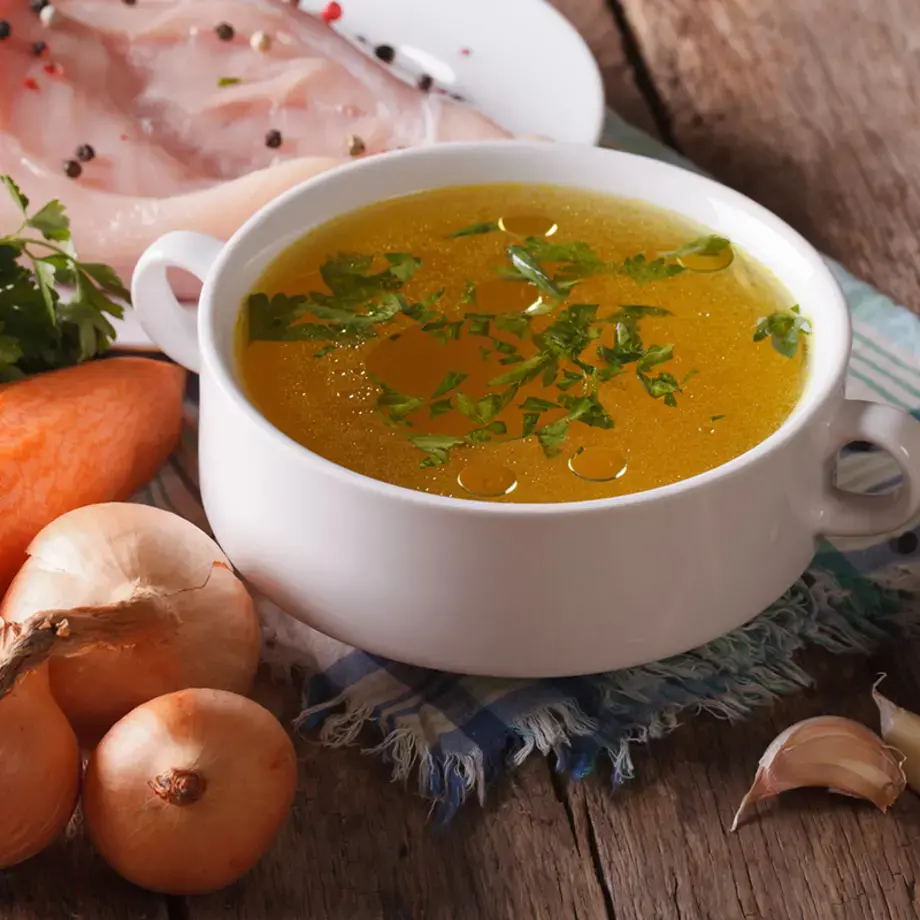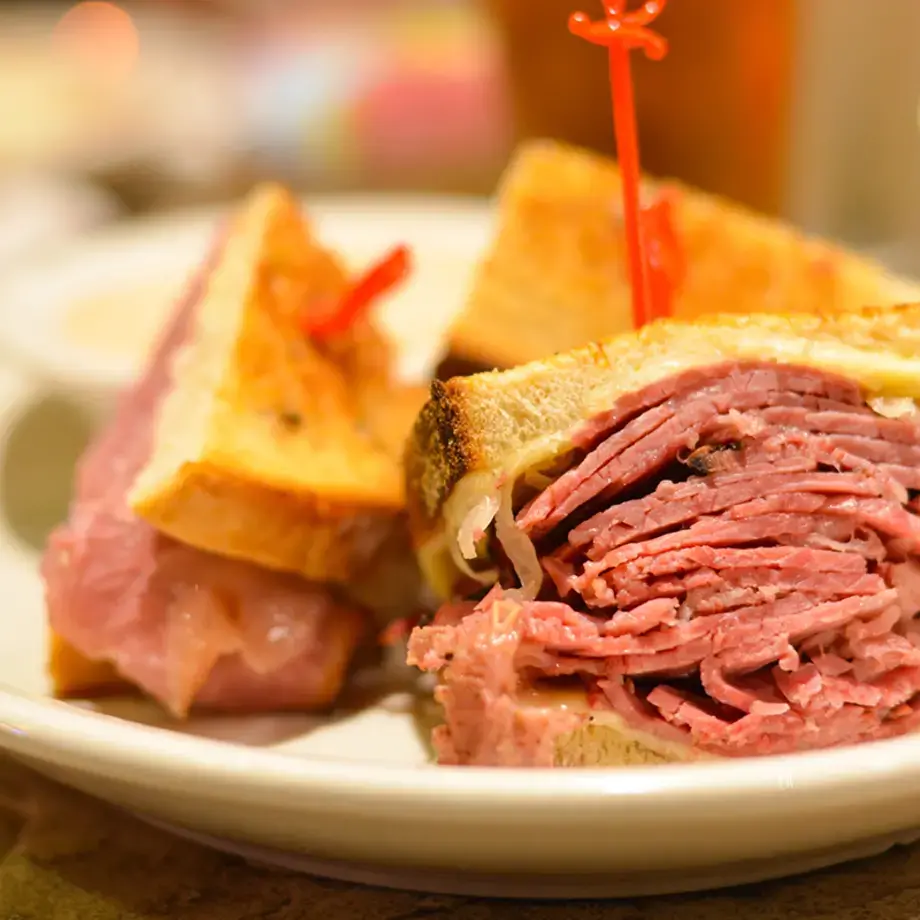Facts and figures about pine nuts from A to Z
Pine nuts are used in cuisines all over the world, often in both sweet and savoury celebration dishes. They are also grown in every corner of the globe: Europe, Asia, the Americas, New Zealand and even the Himalayas! Considered a luxury item, European pine nuts command high prices. Thought to have been considered an aphrodisiac by the ancient Greeks and Romans, we have written evidence of the use of pine nuts in recipes in the late seventeenth century. Despite being high in calories, pine nuts are rich in important nutrients, fibres, protein, vitamins, minerals and anti-oxidants. Delicious simply toasted, pine nuts are most famously used to make Genoese basil pesto, but are also a vital ingredient of diverse dishes made with minced meat, pastry, spinach, custard and chestnut flour.
A to E
Asian. According to the variety, Asian pine nuts are either elongated or triangular in shape, with brownish tips. They are far less expensive than European varieties.
Bitter. Chinese pine nuts have a bitter aftertaste, unlike those from Pakistan, which are sweeter and oilier.
Castagnaccio. An Autumn treat of the peasant tradition, this cake is typical of certain north Italian regions where it is made from chestnut flour, pine nuts, sultanas and olive oil, enriched with rosemary and/or orange zest and/or fennel seeds.
Diet. Pine nuts are high in calories (600 Kcal per 100 g) but they do contain important substances, such as pinolenic acid which stimulates hunger suppressing hormones, albeit temporarily.
Edible seed. Even though they are associated with dried fruit, pine nuts are not fruits at all but the edible seeds of about twenty pine tree varieties. They are extracted from the pine cones.
F to J
Fibres. Rich in fibres as well as protein content, vitamins B12 and E, magnesium, calcium and a great deal of phosphorus.
Granny’s cake. In Italy, the so-called 'Granny’s cake' is filled with custard and topped with pine nuts.










